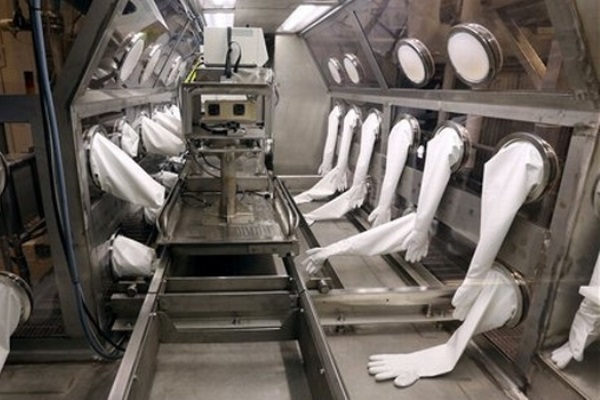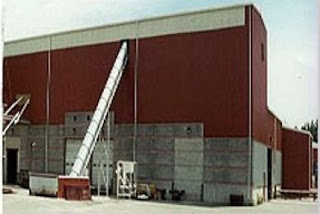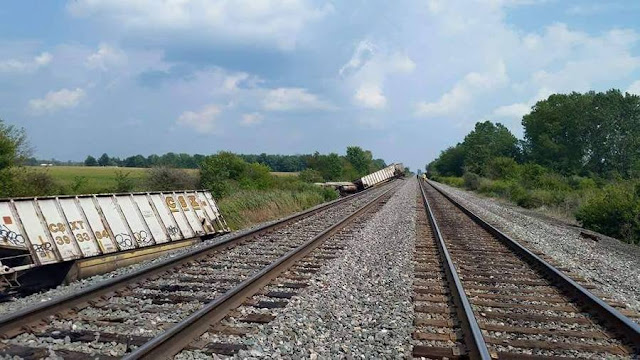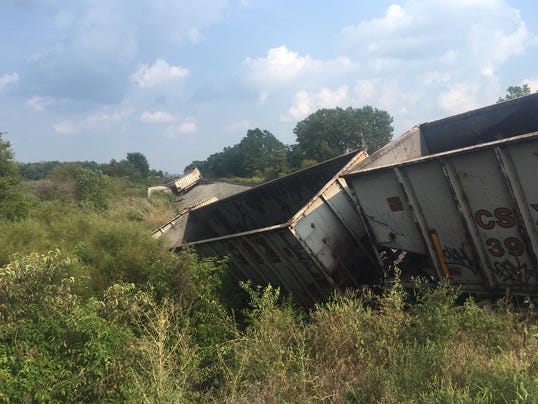
This is Referee Module No. 2 of the Whole System Live Agent Test at Dugway Proving Ground in Dugway, Utah. (AP photo)
Deputy Defense Secretary Bob Work has repeatedly said the scandal over the military's mistaken shipment of live anthrax spores around the nation and the world would get worse -- and he was right.
The number of labs that received live anthrax has more than doubled to 194 since Work and Frank Kendall, the Pentagon's top acquisition official, released a report in July on the shipments of the deadly pathogen from the Army's Dugway Proving Grounds in Utah.
The number of states receiving live anthrax also more than doubled to include all 50 states and Washington, D.C., plus Guam, the U.S. Virgin Islands and Puerto Rico.
The number of countries that received live anthrax went up from seven to nine -- Japan, United Kingdom, Korea, Australia, Canada, Italy, Germany, Norway and Switzerland, according to the Pentagon's updated accounting of the shipments through Sept. 1.
There have been no deaths or serious illnesses reported from the military's 10-year program to ship anthrax to private and military labs for testing to develop vaccines and detection devices, according to the Defense Department.
However, at least 31 military and civilian personnel were treated with antibiotics as a precaution after a lab in Maryland discovered in May that a supposedly irradiated anthrax sample contained live spores.
Since early May, the number of labs and facilities known to have received live anthrax has significantly expanded.
On June 1, during a visit to Vietnam, Defense Secretary Ashton Carter pledged to find out who was responsible for shipping the anthrax and "hold them accountable." At the time, the Pentagon said that live anthrax had gone to 24 labs, 11 states and two countries.
The Pentagon boosted the count on June 10, saying it was 68 labs in 19 states and four countries. When the department issued its 30-day review of the scandal on July 23, Work said, "We know over the past 12 years, 86 laboratories in 20 states, the District of Columbia, and seven foreign countries ultimately received what were supposedly inactivated spores that originated at Dugway."
Work called the incidents at Dugway and throughout the system a "massive institutional failure." He said then that he expected the numbers to climb as the Centers for Disease Control investigated for possible "secondary" shipments by the primary labs which received anthrax shipments.
According to the latest Pentagon count, 88 primary labs received live anthrax and shared it with 106 secondary labs for a total of 194 labs.
The samples were from the so-called Ames strain, a particularly virulent form of the bacteria used in the 2001 Anthrax attacks. After letters containing the substance were sent to the offices of news media and U.S. lawmakers, five people were killed and 17 others were infected. Bruce Ivans, a government microbiologist, committed suicide after authorities were preparing to charge him in the case.
The Pentagon's review released in July said, "The low numbers of live spores found in inactivated DoD samples did not pose a risk to the general public, Nonetheless, the shipment of live BA (Bacillus Anthracis) samples outside of the select agent program restrictions (at any concentration) is a serious breach of regulations."









 United States of America
United States of America Courtesy: Hickman County Sheriff's Office
Courtesy: Hickman County Sheriff's Office 























